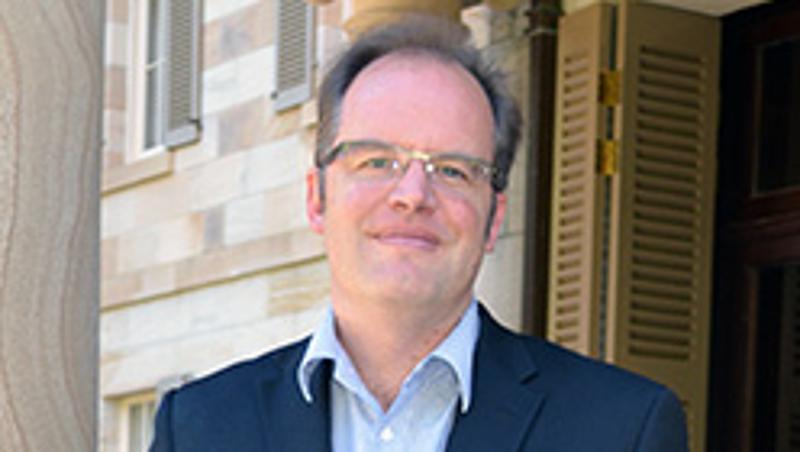
Global fashion house Chanel’s AU$1930 boomerang raises questions about Indigenous intellectual property, QUT IP law expert says.
QUT Professor of Intellectual Property and Innovation Matthew Rimmer said it was difficult to understand how Chanel engaged in cultural appropriation of an iconic Indigenous artefact.
“As a good corporate citizen, Chanel should apologise fully, withdraw the boomerang from sale, and make appropriate reparations to Australian Indigenous communities,” Professor Rimmer said with regards to the wood and resin boomerang bearing the famous interlocked ‘C’s trademark.
Professor Rimmer, who has edited a collection of contemporary research on Indigenous intellectual property, said there had been a long history of cultural appropriation of Indigenous emblems and icons in Australia.
He said the controversy highlighted the need for law reform to better protect Indigenous intellectual property.
“The legal system has only partially responded to the problem. Landmark copyright litigation was brought in the 1990s over rip-offs and copycats of Indigenous art,” Professor Rimmer said.
Professor Rimmer said the Australian Competition and Consumer Commission had taken action in respect of misleading and deceptive representations about Indigenous art and craft in the past.
“Australian MPs have expressed concern about fake Aboriginal art and craft and souvenirs - like fake boomerangs being sold in Australia.
“But further reform is needed. The lawyer Terri Janke has produced discussion papers with options for law reform in Australia and, at an international level, more should be done to implement the UN Declaration on the Rights of Indigenous Peoples in respect of Indigenous intellectual property.”


